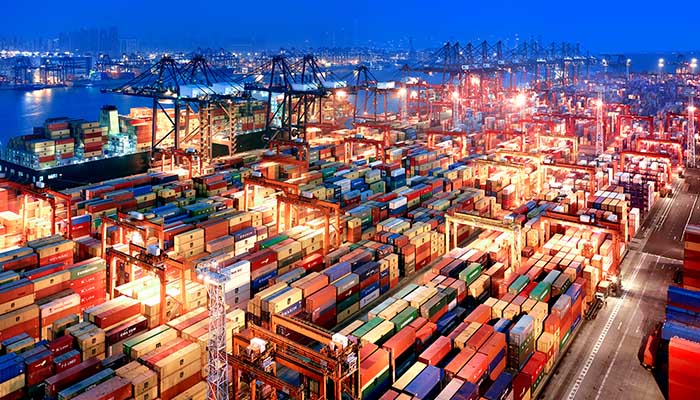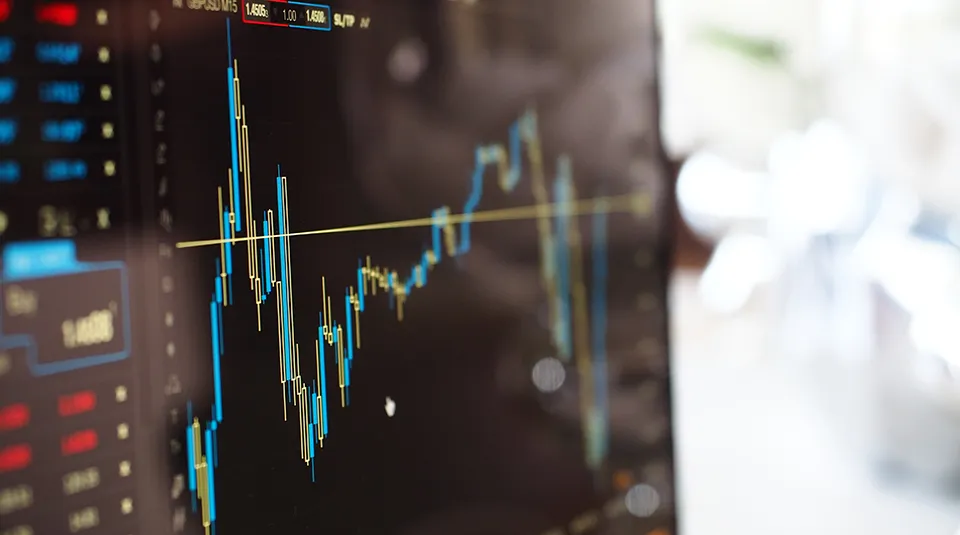By Agnès Joly, head of innovation and strategy, transaction banking, and Julien Durant, head of trade innovation, transaction banking, Societe Generale.
Even the most cursory review of the current landscape shows islands of effective usage of data rather than anything remotely resembling a global business model.
Multiple data-driven initiatives have been developed to optimize transparency and the efficiency of the physical flows within supply chains. These include the digitization of shipping companies (such as Tradelens, GSBN and Ant-Cosco) and the digitization of ports – including initiatives such as at Rotterdam with the world’s first automated terminal, Barcelona with an ‘internet of things’ network, Hamburg testing 5G and, since June this year, French ports offering a graphical visualization of containerized goods showing key performance indicators (KPIs) in real time.
We have also seen digitization in road transport (as with Fretlink, Everoad and Shippeo) and data sharing upstream or downstream in the supply chain – for example, automotive manufacturers with their suppliers on parts inventory management or lead times. Customs digitization has also helped to improve the exchange of data between countries, this area will be further advanced through introduction of the European Transport Regulations (eFTI – Electronic Freight Transport Information, published in the Official Journal of the EU), which are scheduled to take effect from August 21, 2024).
Data at the core
A key issue is that supply chain stakeholders – corporates, banks, carriers, shippers, customs and ports – need to make progress in their own data revolution and treat data as a core element of their business, rather than as an afterthought.
This needs a completely new mindset, embracing the ability to assess immediate benefits while sharing data with other entities. It requires the capacity to mitigate risks such as fraud and the leakage of sensitive information, through purpose-built security plans, processes and an enhanced legal environment. This entails updated IT infrastructures, including datalakes and APIs, and the allocation of adequate resources of time, money and personnel.
Fewer standards, better standards
A long-running joke in standards circles is that God must love standards, as he has made so many of them. But in practice it is painful to see the continuing emergence of cross-industry standards, whether it be through sector-based consortium approaches, as in banking and shipping, or through fintech-led platforms.
Adoption is traditionally very low, and the risks associated with joining a market standard initiative that fails are high. We firmly believe that institutions should combine their efforts in the interests of designing a holistic core trade dataset through a coordinated cross-industry initiative.
Everyone potentially has a part to play in shaping the future in digitizing trade finance. Increased clarity in governance and the legal framework of international and cross-industry data-sharing processes could be delivered if governments, supranationals, supply chain giants and fintech firms put aside their differences and concentrated their efforts on the common good.
Which way next?
The principal aim of banks’ data usage is to improve the efficiency of their internal processes and enhance transparency for external parties, including clients and regulators. Enhancing transparency, data collection and visualization across the internal silo is an essential first step before enabling further uses leveraging external data from the supply chain ecosystem.
Our clients expect ideas for new business models to address the issues of convenience and speed; security, resilience and sustainability; and smartness and customization.
In terms of convenience and speed, physical or financial flows would be automatically triggered after a captured event – in we.trade-like models, for example, payment is triggered after the receipt of goods or at the agreed payment date.
In terms of security, resilience and sustainability, there needs to be improvement in data-sharing and end-to-end supply chain tracking to make the fulfilment of compliance requirements and real-time auditing easier. New KPIs should also be embedded in the supply chain process and leveraged by the financial sector to enable funding differentiation, potentially based on sustainable or green criteria.
New services will provide smart analytics for each corporate to better understand its own performance – in terms of turnaround times, warehouse capacity, supplier performance and treasury management – and benchmark that performance against its peers through the translation of the information network into operational knowledge.
Based on historical data or market data, a new generation of services will be able to provide predictive analysis and appropriate, effective and timely alerts. This could be of great help when, for example, a boat is found to be moving away from the ideal route, or when a trade transaction is more complex than average and will take more time to be processed, or when a truck falls behind schedule and will make a late delivery. All involved will be able to benefit from the taking of corrective action before a potential problem becomes an actual problem.
Last, but not least, new advisory services will emerge to help corporates develop the best structures for individual trade transactions, focusing on the most appropriate financial service to use, eco-friendly structuring, the best partners to team up with and the least risky set-up. All this can be done by reassessing in real time the different risks posed by the corporate itself, the country in which a transaction is mostly taking place and foreign exchange considerations.
The Covid effect
In the digitization of trade finance, as in many other areas of everyday life and everyday commerce, there is a clear sense that the short-term pause for thought imposed by the global reaction to Covid-19 could help accelerate longer-term trends.
In the field of data standardization, the Covid-19 effect has returned the issue of sovereignty to the forefront of discussion. As with the EU’s eFTI Regulation initiative, we could see further moves from EU authorities – and others – to bring about a new era of data standardization in Europe.
If we can work together to optimize the outcome, some lasting good might well emerge from the chaos of recent months.





